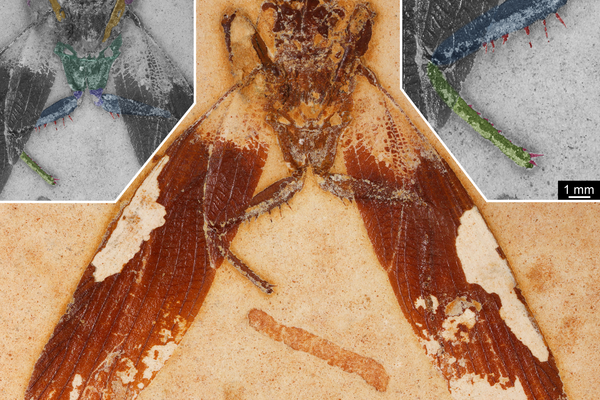Found: The Fossil of a Giant, Extinct, 400-Million-Year-Old Worm
It went unnoticed in a museum for years.

In June 1994, some fossils from Ontario’s Kwataboahegan Formation—a cross-section of earth that is hundreds of millions of years old—were recovered, and, for the next several years, stashed at the Royal Ontario Museum in Toronto.
That was until recently, when some researchers had a fresh look at them, finding something that’s a bit terrifying: evidence of the 400-million-year-old existence of a giant worm with a disturbingly large set of jaws.
The researchers, from the University of Bristol in Great Britain and the University of Lund, in Sweden, published their findings today in Scientific Reports.
“Giant,” in this case, is a bit relative, as this worm’s jaws would’ve been close to a half-inch, and it would’ve been up to three feet in length.
Still, that’s larger than the worms we see today, and large enough that, should you find yourself alone in the outdoors, any encounter might get dicey, very quickly.
But in a time before humans, this old worm got by on squid, octopus, and small fish, the researchers said. It is named Websteroprion armstrongi, after Derek K. Armstrong, the guy who first discovered the fossil in 1994, in addition to Alex Webster, the bass player for the death metal band Cannibal Corpse because, researchers said, Webster is a “giant” in his field and they are apparently big fans.
“This is fitting also since, beside our appetite for evolution and paleontology, all three authors have a profound interest in music and are keen hobby musicians,” one researcher said.










Follow us on Twitter to get the latest on the world's hidden wonders.
Like us on Facebook to get the latest on the world's hidden wonders.
Follow us on Twitter Like us on Facebook